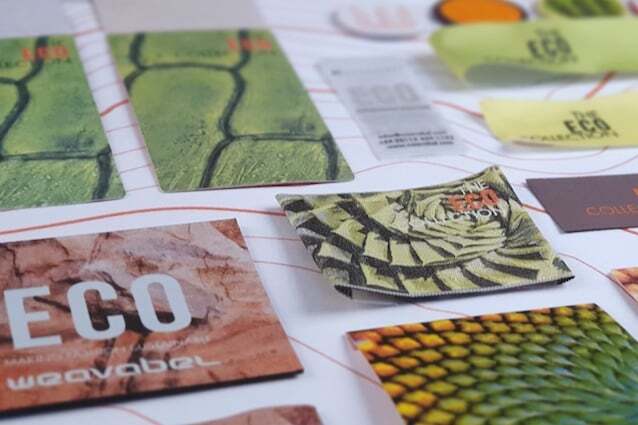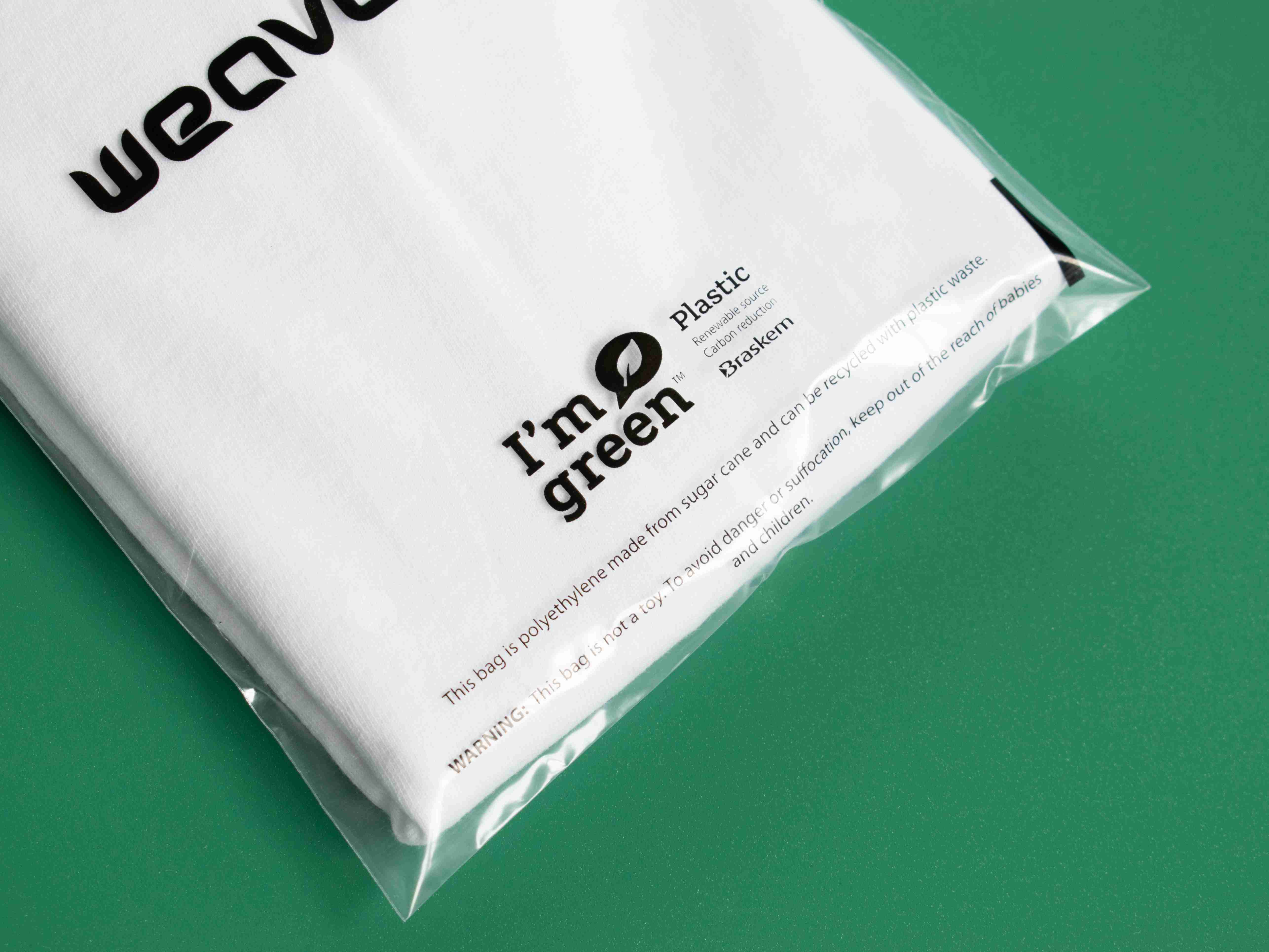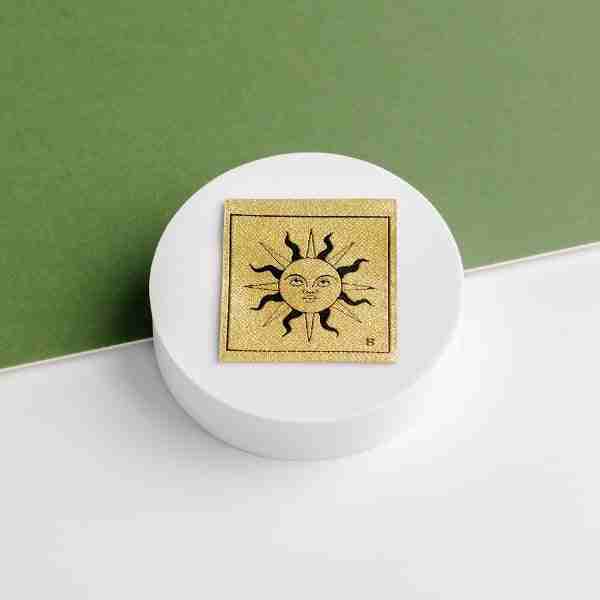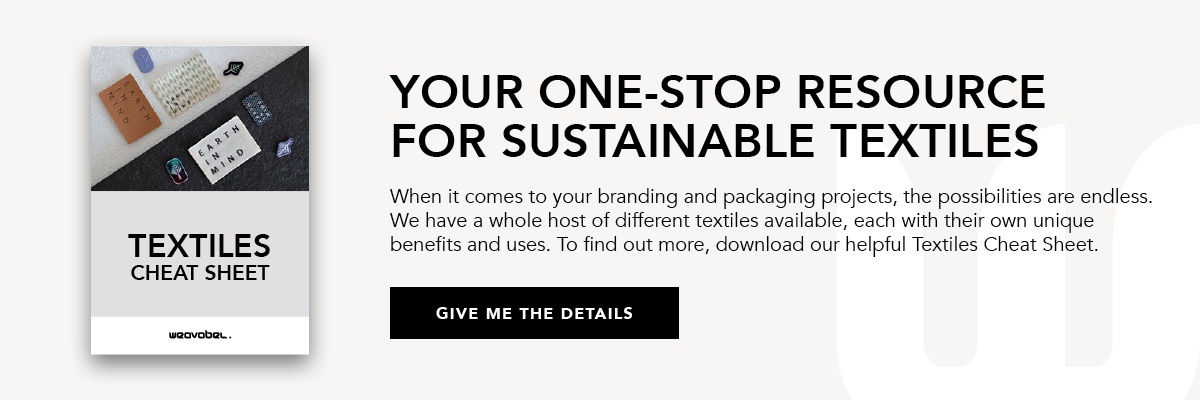What are the pros and cons of recycled polyester?
Learn about the pros of rPET, from reducing landfill to 59% less energy required in production to the cons, including recycling plastic limitations and environmental impact.
.png)
About 49% of the world’s clothing is made of polyester, and forecasts show this to nearly double by 2030. The Athleisure trend has led a growing number of consumers to be interested in more flexible, more resistant garments. But polyester isn't a sustainable textile option, as it's made from polyethylene terephthalate (PET), the most common type of plastic in the world. In short, the majority of clothes globally come from crude oil.
Recycled polyester, also known as rPET, is obtained by melting down existing plastic and re-spinning it into new polyester fibre. To give an example, five water bottles yield enough fibre for one t-shirt.
While recycling plastic seems like an obvious win for sustainability, rPET has both advantages and challenges. Here’s a breakdown of the pros and cons.
Recycled polyester: The pros
Keeping plastics from going to landfill and the ocean
Recycled polyester gives a second life to a material that’s not biodegradable and would otherwise end up in landfill or the ocean. Eight million metric tonnes of plastics enter the ocean every year, on top of the estimated 150 million metric tonnes that currently circulate in marine environments. If we keep this pace, by 2050, there will be more plastic in the ocean than fish.
Recycled polyester is just as good as virgin polyester but takes fewer resources to make
Recycled polyester is almost the same as virgin polyester in terms of quality, but its production requires 59% less energy compared to virgin polyester. Manufacturers of recycled polyester aim to reduce CO2 emissions by 32% in comparison to regular polyester. In addition, recycled polyester can contribute to reducing the extraction of crude oil and natural gas from the earth to make more plastic.
Increasing adoption by leading brands
So, many major brands are committing to rPET.
- Adidas made a pledge to use only recycled polyester in its products by 2024.
- Patagonia, a pioneer in sustainable apparel, has been using rPET since 1993.
- H&M Group is collaborating with Syre to develop textile-to-textile recycled polyester.
These efforts demonstrate a shift toward circularity in fashion, reducing the industry’s environmental footprint.
Recycled polyester: The cons
Recycling plastic has its limitations
Many garments are not made from polyester alone, but rather a blend of polyester and other materials. But even pure polyester garments can’t be recycled indefinitely.
There are two methods for recycling PET:
- Mechanical recycling breaks down plastic into small chips, which are then melted and reformed into fibres. This process degrades the fibre's strength over time, often requiring the addition of virgin polyester to maintain quality.
- Chemical recycling restores polyester to its original monomer state, allowing it to be reused like virgin polyester. However, this method is more expensive and less widely used.
The process of recycling PET impacts the environment
The polyester chips generated by mechanical recycling can vary in colour. Some turn out crispy white, while others are creamy yellow, making colour consistency difficult to achieve. Some dyers find it hard to get a white, so they’re using chlorine-based bleaches to whiten the base. The inconsistency of dye uptake makes it hard to get good batch-to-batch colour consistency and this can lead to high levels of re-dyeing, which requires high water, energy and chemical use.
Recycled polyester releases microplastics
Last but not least, some counterargue the affirmation that recycled polyester keeps plastic from ending up in the oceans. They still do a little, as man-made fabrics can release microscopic plastic fibres — the infamous microplastics. According to a study by a team from Plymouth University in the UK, each cycle of a washing machine could release more than 700,000 plastic fibres into the environment.
To help prevent microplastic pollution when washing items, you can place them in a filter washing bag to prevent shedding during the wash.
Where are the next developments in recycled polyester?
Many brands are strengthening their recycled material ambitions. A great example of this is H&M Group, which is collaborating with other players in the industry, like Syre, to achieve this. Its aim is to scale textile-to-textile recycled polyester.
The Accelerating Circularity initiative has also recently launched its rPolyester Database of commercially available textile-to-textile recycled polyester.
As with most sustainable materials, there are both positives and negatives but going down a sustainable route will help reduce the impact fashion is having on the environment.
If you're interested in learning more about the different branding materials, their applications and use cases, download our Packaging Innovation Toolkit to get all the insights.
Summary
Pros:
- 49% of the worlds clothing is made from polyester.
- Recycled polyester helps keep plastic out of landfills and oceans by giving it a second life.
- Producing recycled polyester requires 59% less energy than virgin polyester.
- Recycled polyester is growing in popularity, especially with large brands like Adidas and Patagonia who want to reduce their overall environmental impact.
Cons:
- There are recycling limitations as it can’t be recycled indefinitely because the mechanical process degrades the fibres over time.
- Like other synthetic fabrics, recycled polyester can release microplastics into the environment during washing. Each washing machine cycle releases more than 700,000 microplastics.
- The mechanical recycling process can lead to inconsistent colour, requiring significant water, energy, and chemicals for re-dyeing.
YOU NEED THIS TOOLKIT
Want to find out what we delivered for Les Lunes? Looking for the information on the latest packaging materials? Want to transform your branding to be more sustainable? Then the Packaging Innovation Toolkit is the one for you.
You can even request a custom range board to discover what we can create for you.









.png?width=400&height=200&name=Product-Feature-Swing-Tags-2%20(1).png)
